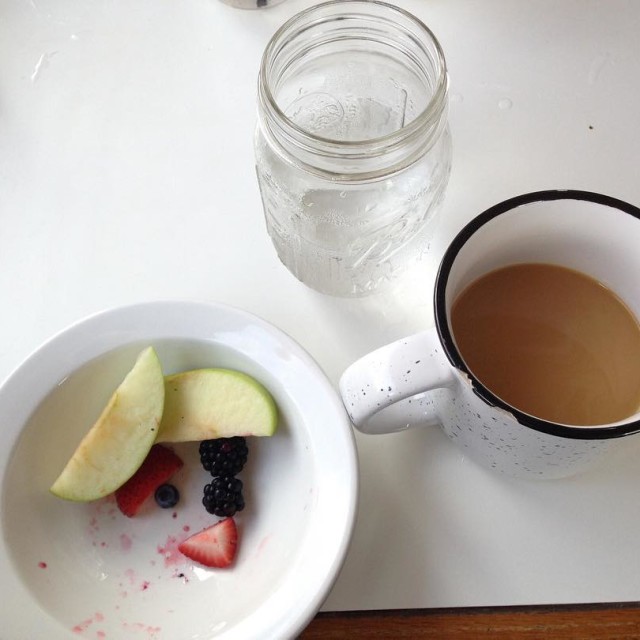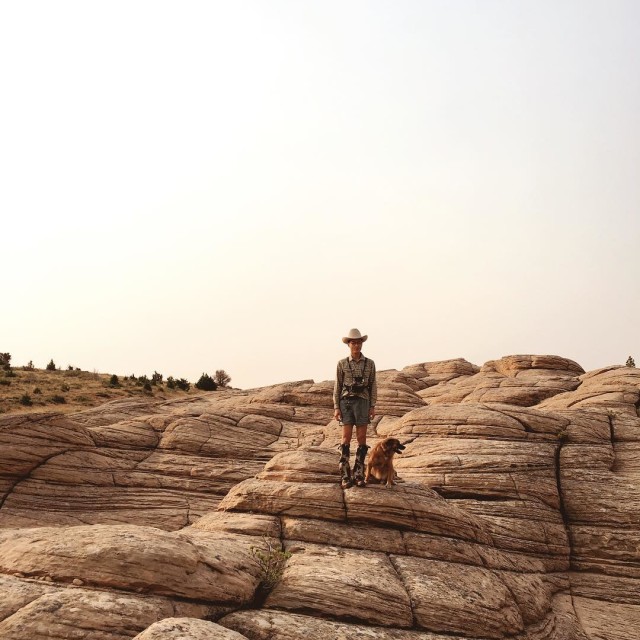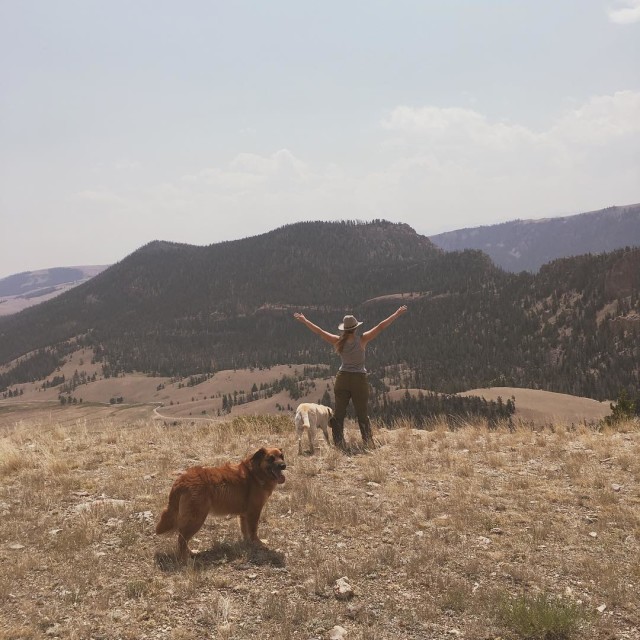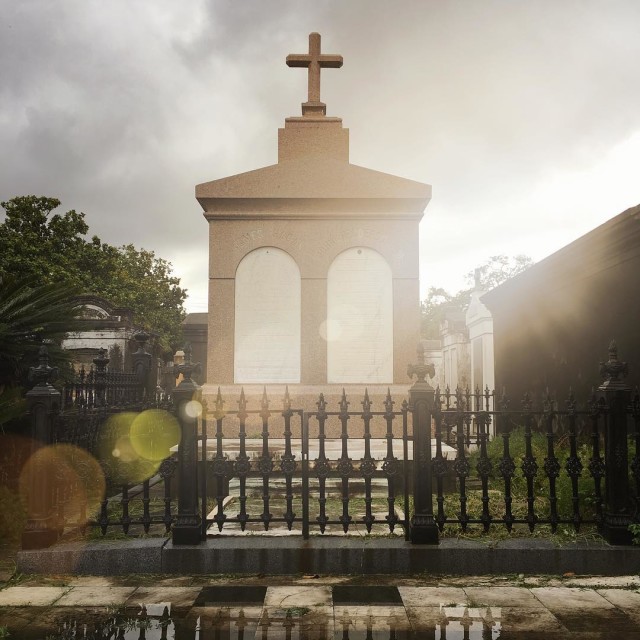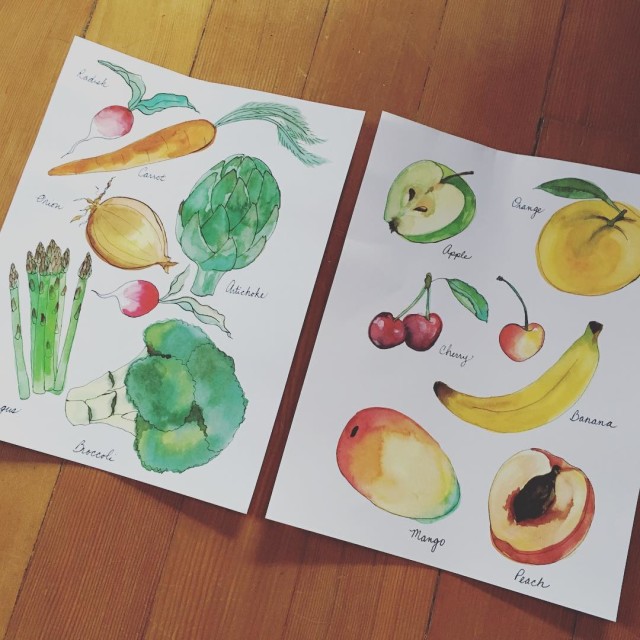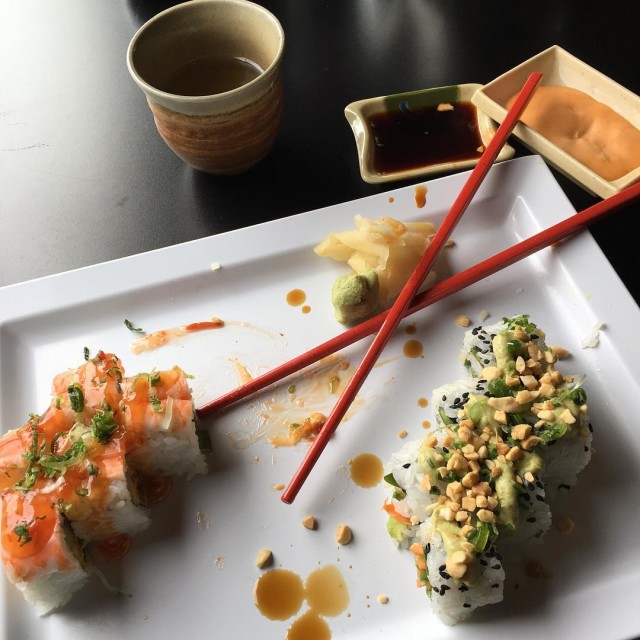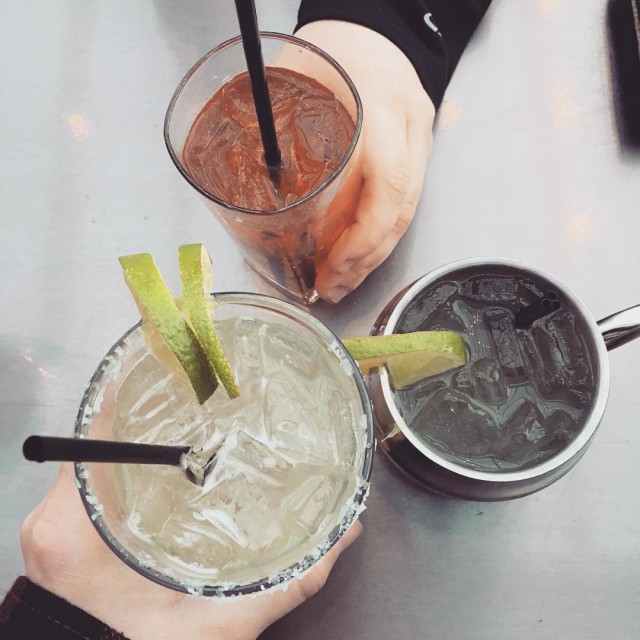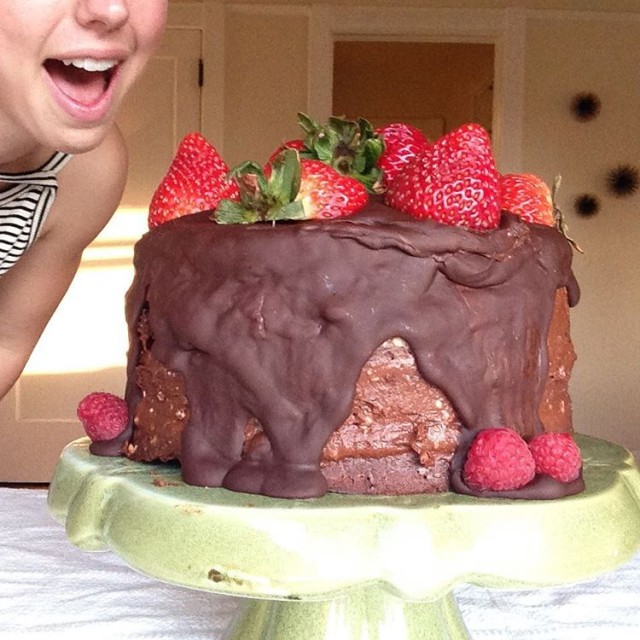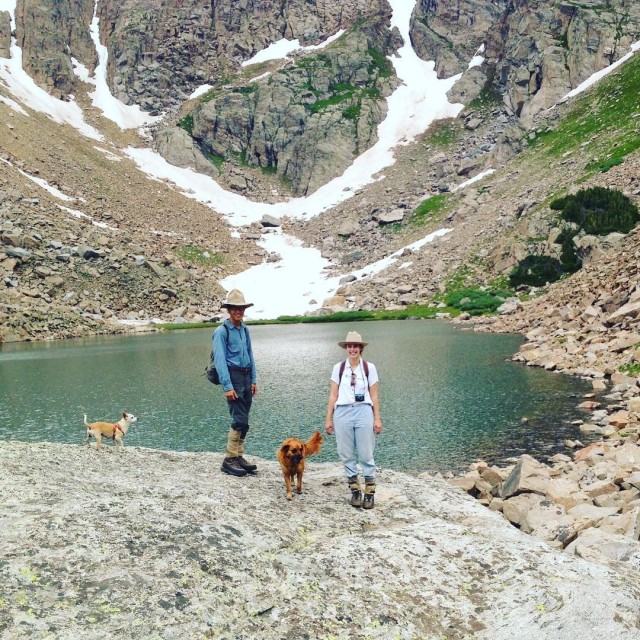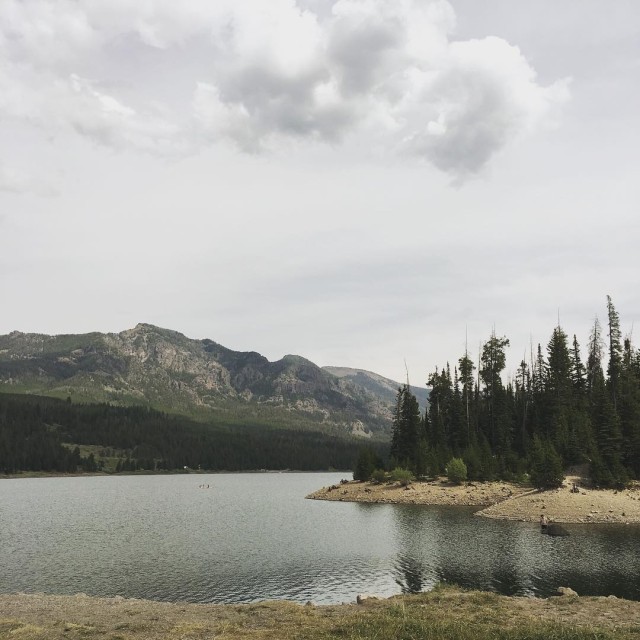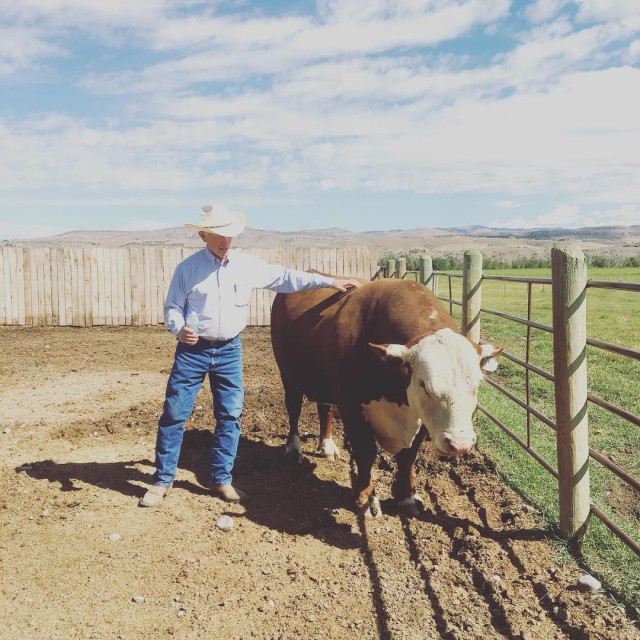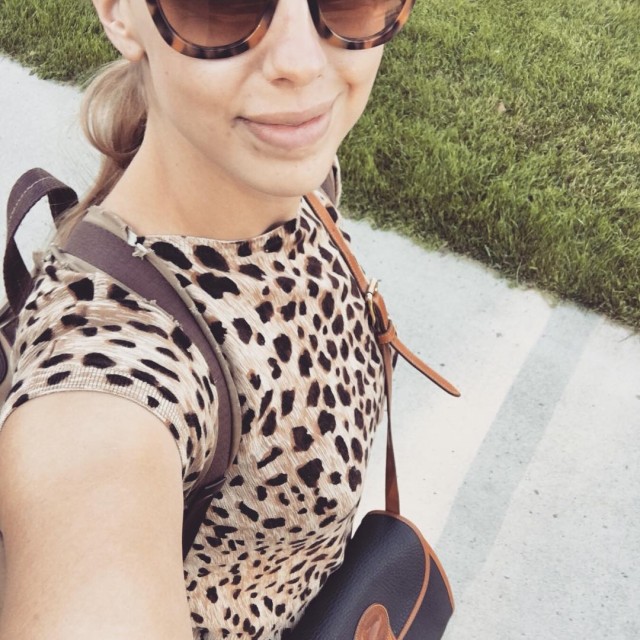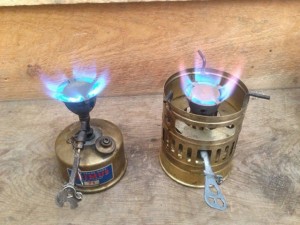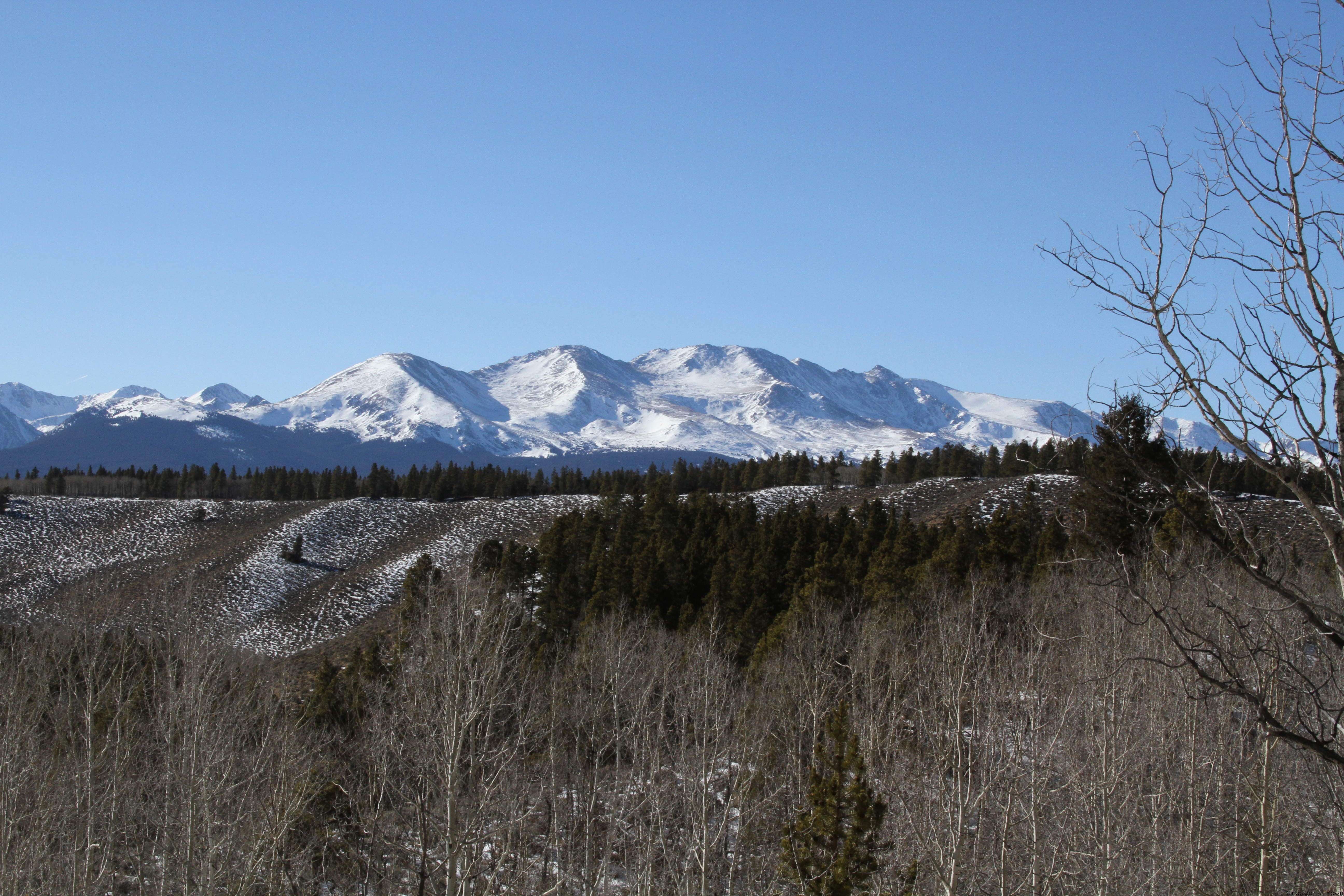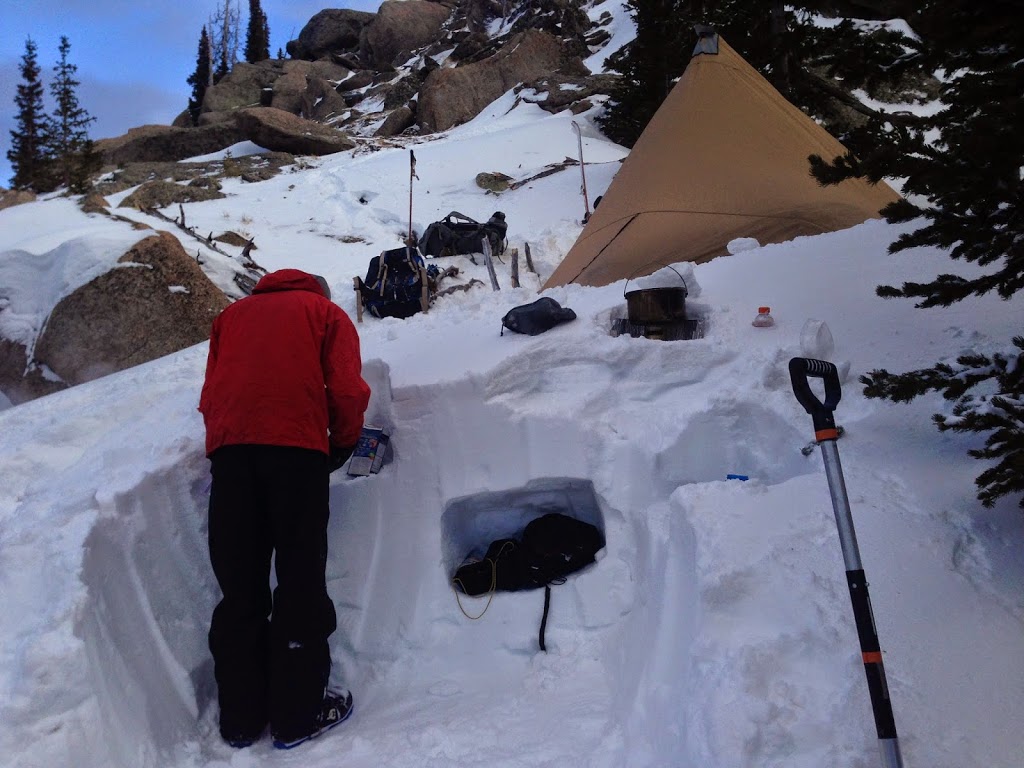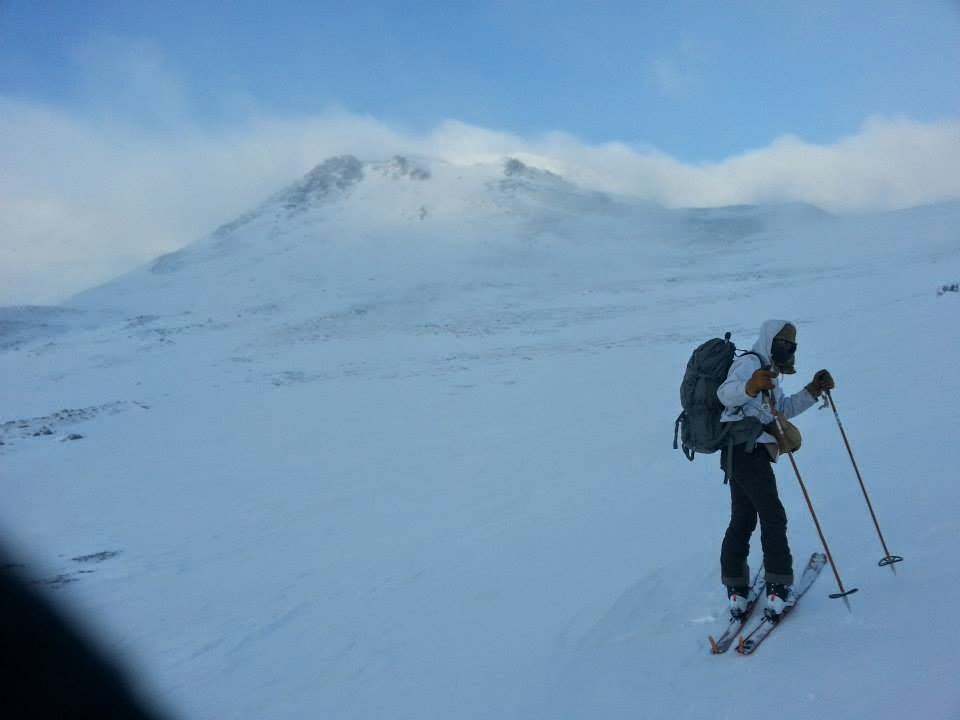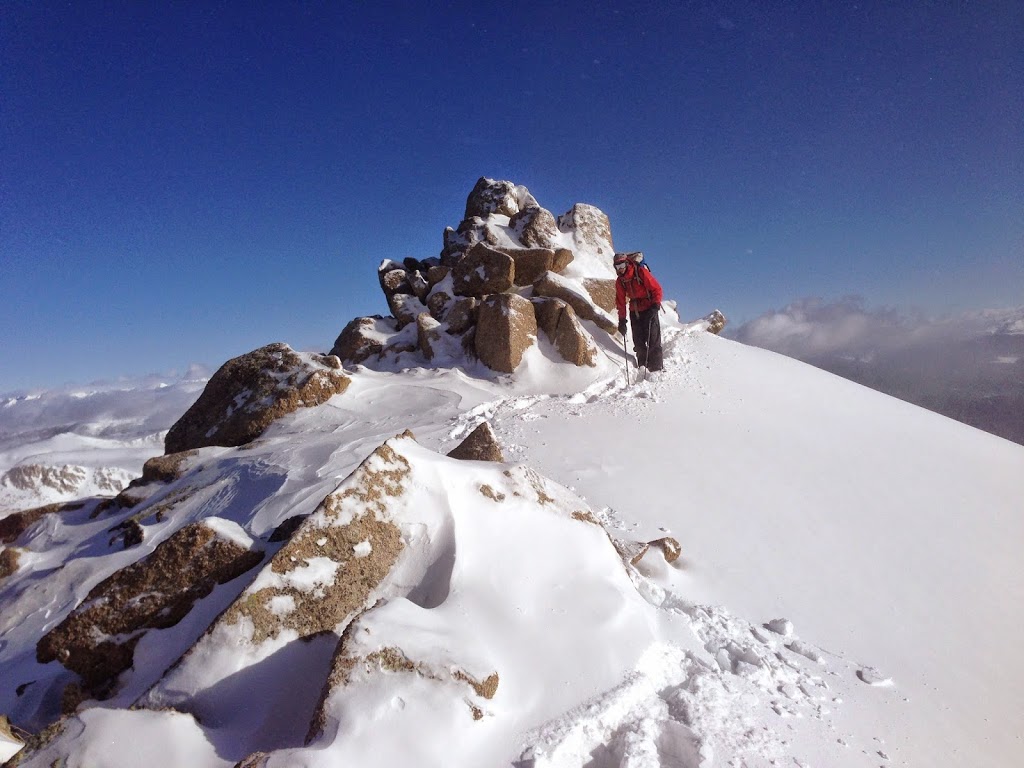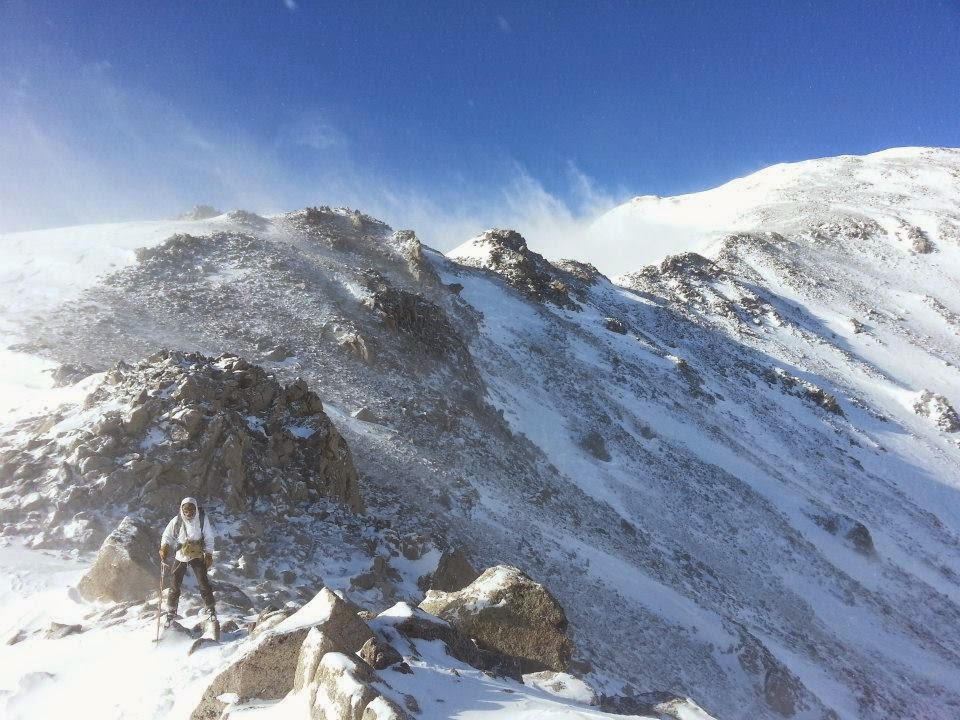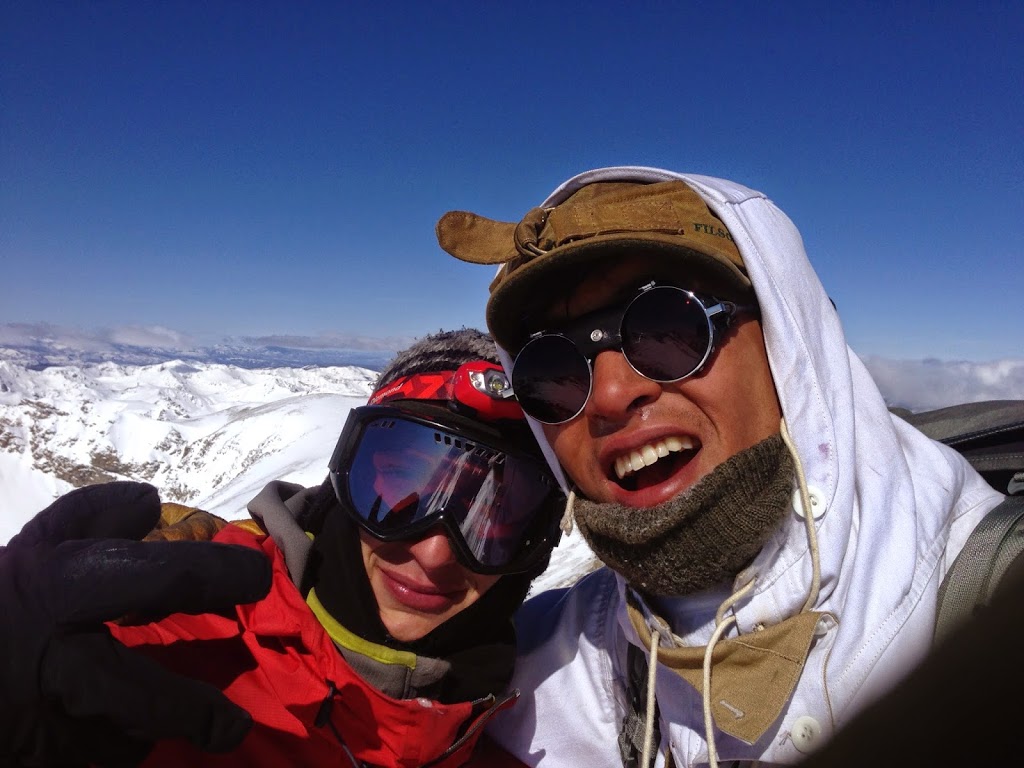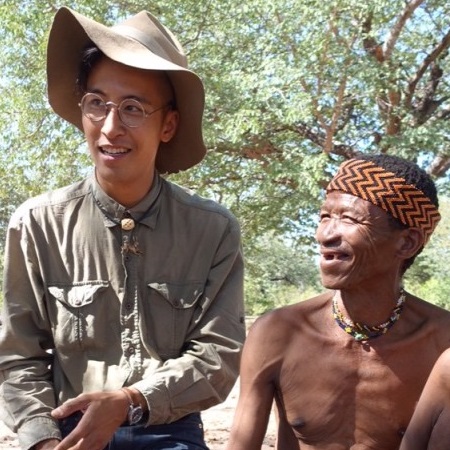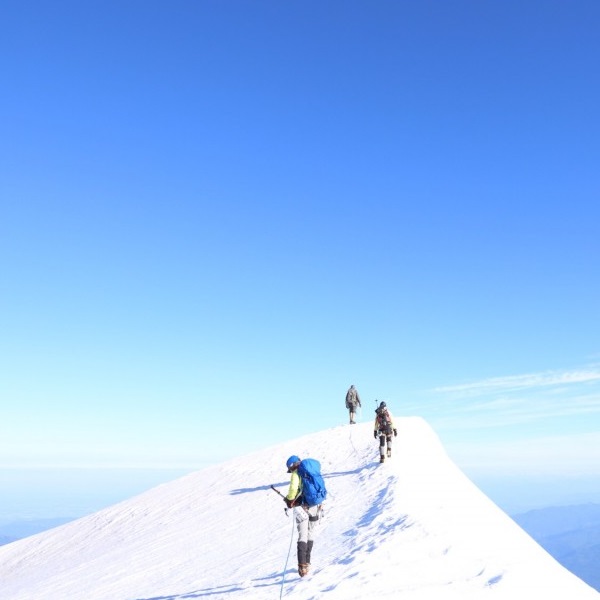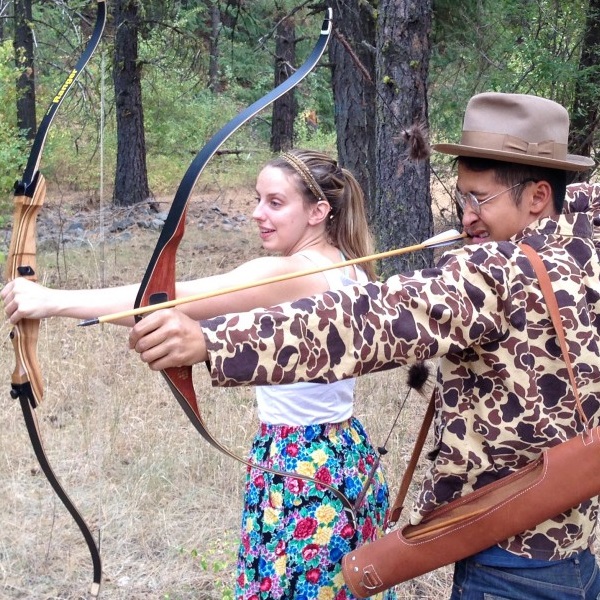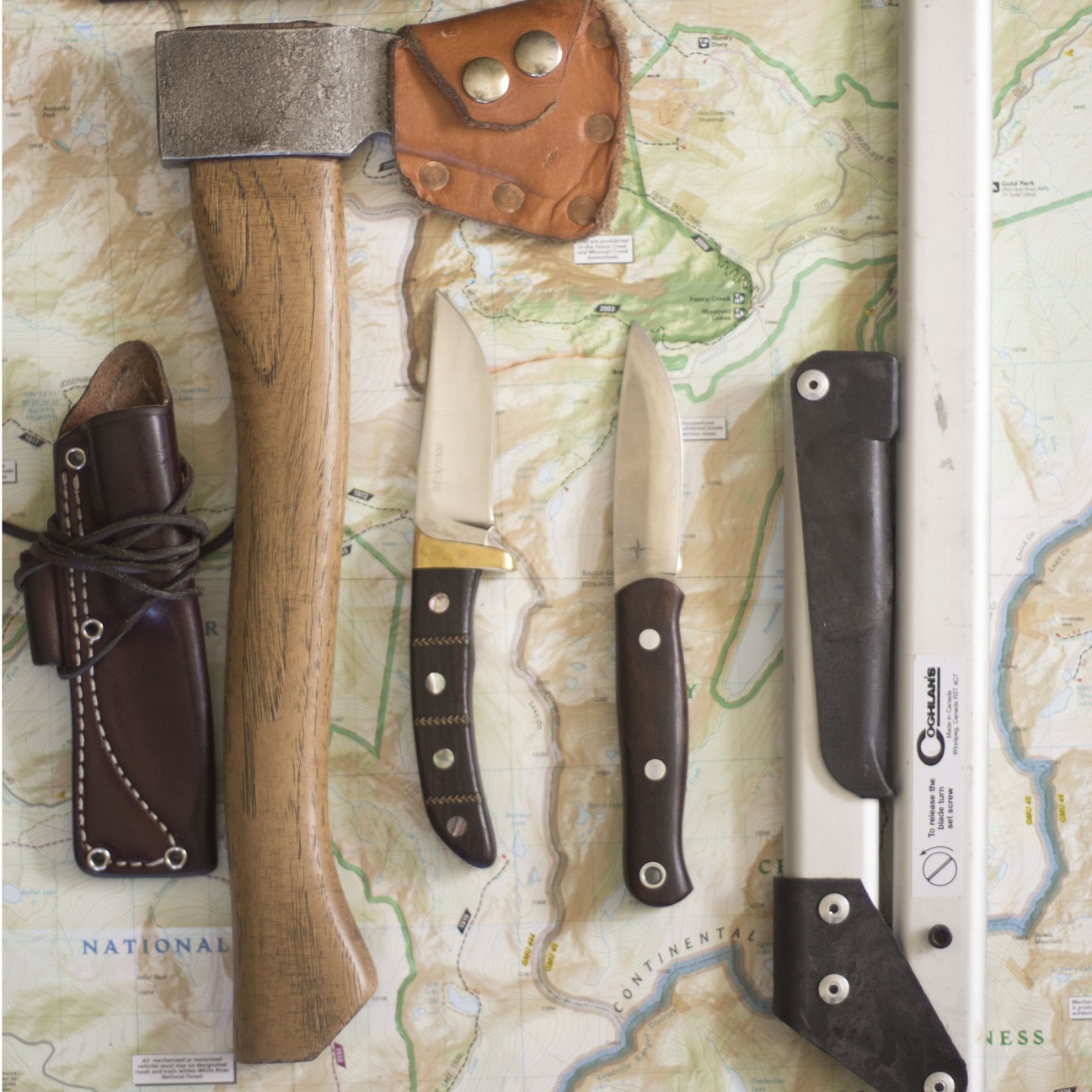Elk Hunting: Merkel K3 Stutzen Jagd .308
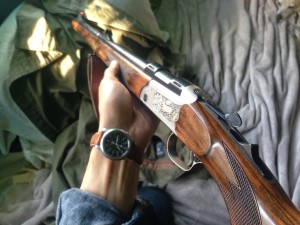
Over the last few years, it has been on the back burner to get myself into a backcountry hunt in my backpacking style, which involves light and fast foot travel over great distances each day, a long distance from roads or other people and hunters, an ultralight equipment footprint mixing new and old style equipment, and lots of enjoyment of the woods.
I started looking into rifles that were light weight, first and foremost, secondly the rifle had to be beautiful and a masterpiece of form and function.
The first few rifles I looked at were big production mountain rifles by Remington and Winchester. Those weighed over 6lbs. There were also custom and small batch rifle makers that used carbon fiber and kevlar, these were well under 5lbs. To contrast these American innovations in mountain rifles, the European hunting tradition featured Jager rifles by Blaser and CZ.
What I choose was a rifle that combined the form of a handcrafted wood stocked rifle, with the light minimalistic form of the newest ultralight arms. Merkel is a gun maker out of Suhl Germany, a city known for its arms production since the renaissance. “Stutzen Jagd” roughly means “clipped hunter”, or maybe “minimalist hunter”, according to what my college friends who took German are suggesting.
The rifle weighs 2.4kg (5 1/3 lbs), the barrel is 50cm (19.68 inches) and over all length is 91cm (35.82 inches)
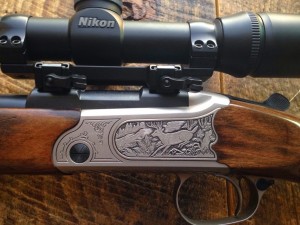 |
| Trigger weight can be adjusted with the switch behind trigger. |
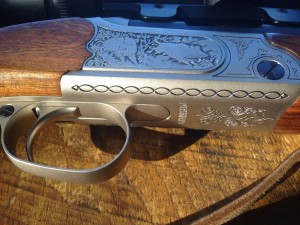
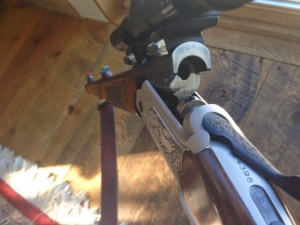
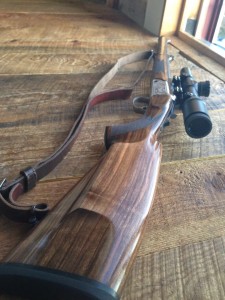 |
| The mannlicher stock is a departure from the usual monte carlo. |
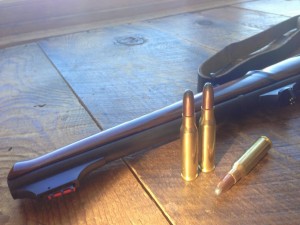
A Nikon M-223 1-4x20mm scope was chosen for its slim profile and low weight, it adds ~14oz to the total weight of the rifle. It is low magnification, but my plan is to shoot at closer ranges under 300 yards, and this model of optic features a bullet drop calculator reticle that once calibrated with a chronograph and ballistics calculator will allow for ranging without turning the scope dials.
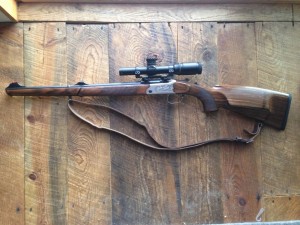
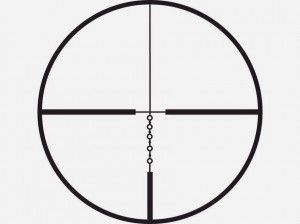 |
| Nikon BDC 600 reticle |
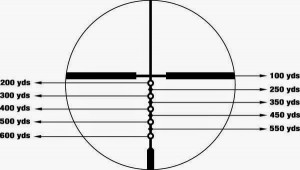 |
| Suggested ranges for military 5.56mm ammo |
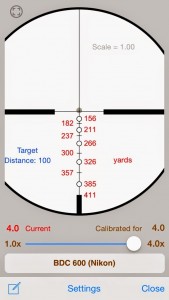 |
| Actual ranges for my rifle and ammo. |
The range markings are not as neat and tidy as if I were shooting military 223, however they still give a general idea of bullet drop and allow for good estimations in the field with a range finder.
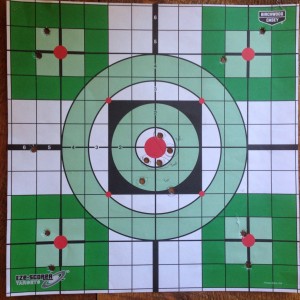 |
| Shooting from 100 yards, prone in the center, and kneeling and standing on the corners. |
The Chrony averaged the muzzle velocity to be at 2470fps, and Remington states the ballistics coefficient to be .248. Once the muzzle velocity and the ballistics coefficient was input into the calculator I discovered that the Core Lokt ammo shoots in a rainbow arch compared to other types of ammo. The problem is that the Core Lokt bullets itself is round nosed and not a very aerodynamic shape compared to some other modern bullets, which lowers its ballistics coefficient.
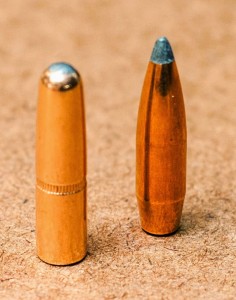 |
| Here is a round nose bullet compared to a pointed, boat tailed bullet with a much higher ballistics coefficient. As a result the bullet to the right shoots straighter and a bit further. |


